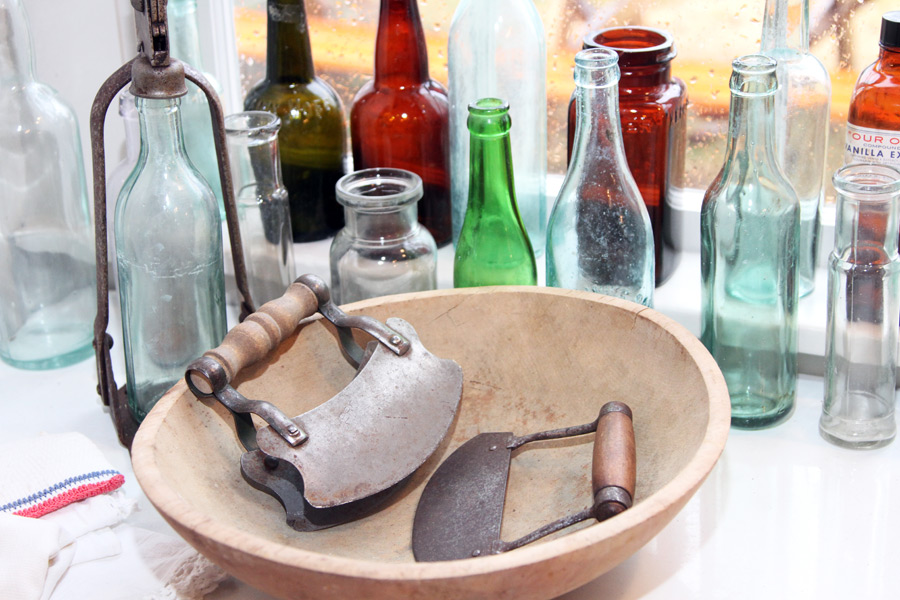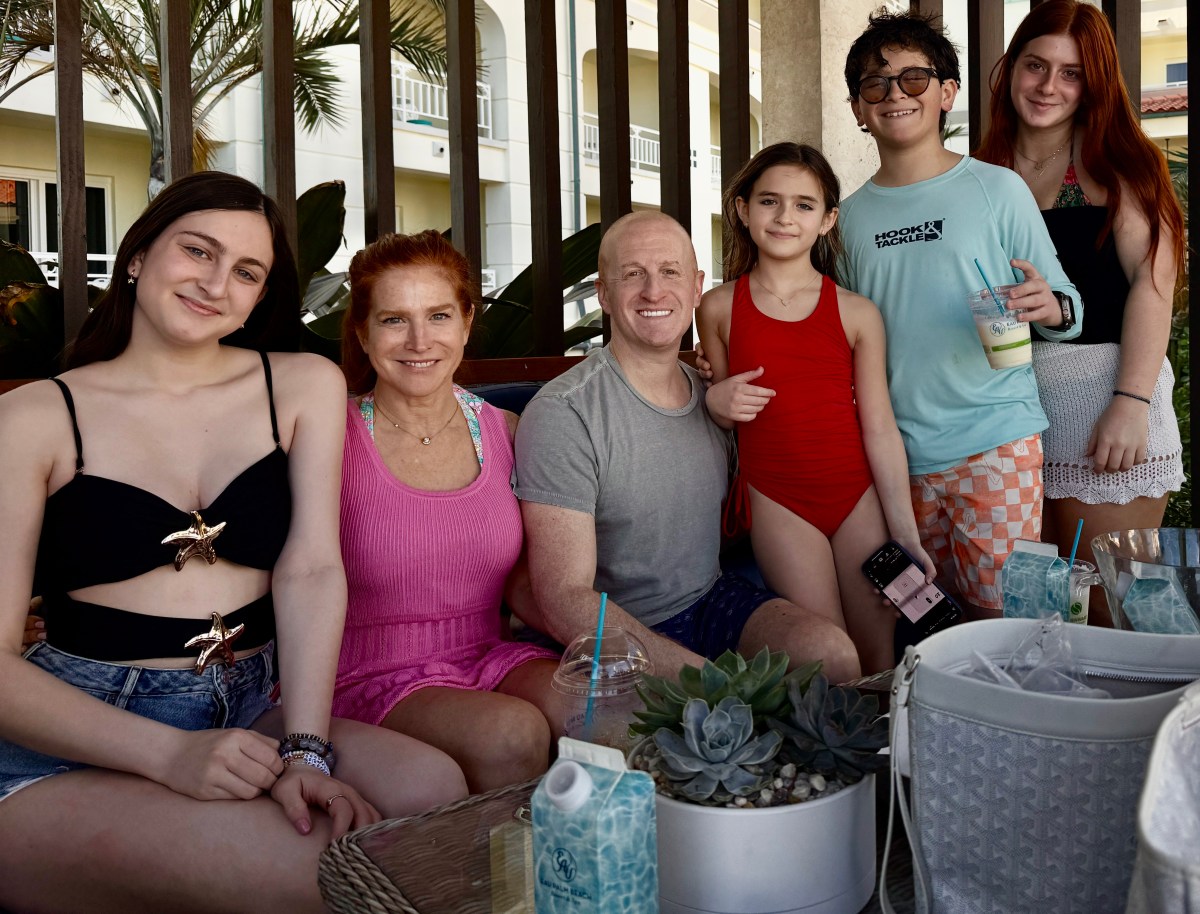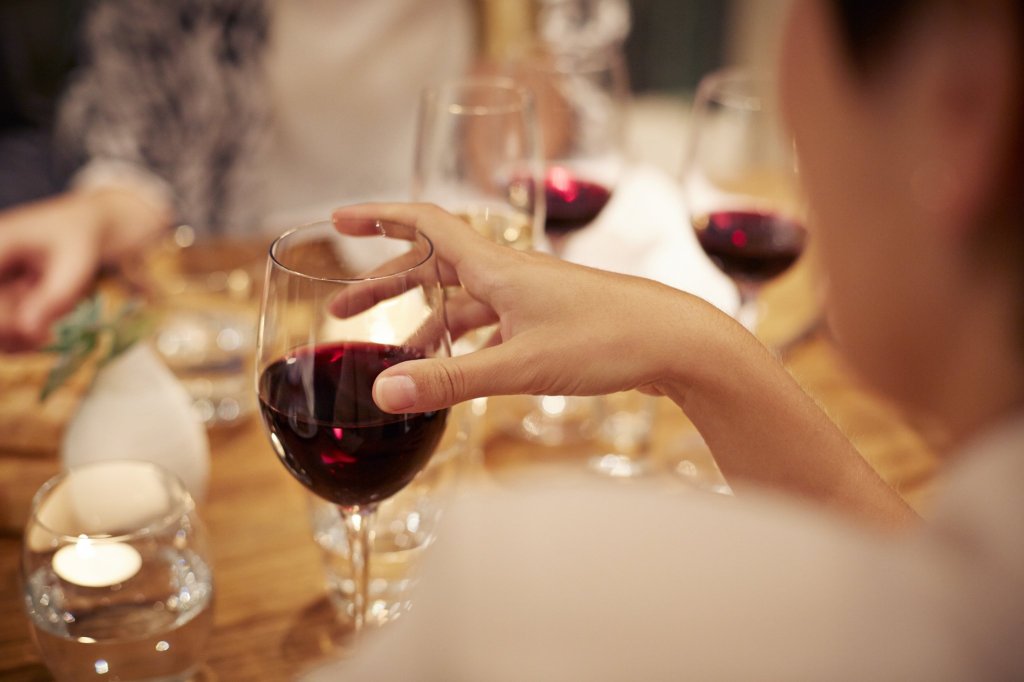Bonac Culture at the East Hampton Historical Farm Museum

The 18th–century saltbox home on the corner of North Main and Cedar Streets in East Hampton is cozy and welcoming and about a dozen families live in it.
The former home of Selah Lester now houses beloved artifacts and photographs from the Bennett, Carpenter, Dominy, King, Lester, Miller, Strong, Talmage families and others. It’s the site of the new East Hampton Historical Farm Museum (EHHFM), an interactive learning center and park that celebrates Bonac culture.
True Bonacker families are descendants of early English settlers who made their homes in the Springs area of East Hampton—the term “Bonacker” is derived from “Accabonac Harbor.”
Contrary to popular belief, not all Bonackers were fishermen. Many kept farms and did daywork “upstreet.” Barter was often the common currency, working in exchange for goods or trading what you have with your neighbor—for example, fresh vegetables for clams, timber for furniture.

Barbara Lassen
With support from East Hampton Town, private donations and a whole lot of elbow grease, a crew of committed volunteers has thrown the museum’s doors wide open and invited the public in to see firsthand how local farmers and blue collar workers lived in East Hampton in the period from 1880 to 1920. In fact, the group is planning to stage an exhibition in 2015 depicting how locals were long paid a living wage to provide services to “the big houses” during the summer months. As volunteer Prudence Carabine says, “When I was young, the term ‘Bonacker’ was not a good one. Now people pay millions [for real estate] in order to be Bonackers!”
The interior is set up to house seven children, just as the building once did in the 19th century. Wood stoves, crocks, toys, clothing, a metal bathtub and an icebox, among other home goods, help to tell the tale. Many of the items are on loan from the East Hampton Historical Society (easthamptonhistory.org) and others were donated to the museum.
The group is planning to welcome school groups in 2015 and to hold many interactive events, including a garlic planting. The three-acre site now includes a small organic garden, planted by Alex Balsam of the East End Community Organic (EECO) Farm.

Barbara Lassen
The museum lot is referred to as a “mill lot” because the famous Dominy sawmill stood there—near the large trees along North Main Street. According to the museum website, “The history of ownership goes back to 1700 when the land was a town common…Through a series of events, including the conveyance of the land by the Town Trustees to a private individual, a lawsuit settled in 1861 and the abandonment and annexation of parts of Three Mile Harbor Highway (now a section of North Main Street) and Cedar Street, the land was in possession of Sybel Dominy who sold it to Selah Lester for $300 in 1874… In 1929, Thomas Edwards wrote in his Reminiscences of Old East Hampton by the Sea that a house in Amagansett on Old Montauk Highway was moved to North Main Street in East Hampton. The house was owned by David Barnes, who had inherited it from his father Jonathan. David Barnes sold the house to Selah Lester who moved it in the winter of 1874-75…The architecture of the Jonathan Barnes-Selah Lester house is nearly identical to Miss Amelia’s Cottage, an Amagansett Cape Cod style. Miss Amelia’s dates from about 1725 and it is believed that the Jonathan Barnes house is of the same period.”
How appropriate that this new public endeavor, fueled by donations from across the local community, is sited on land that was once a town commons. Be sure to check it out in 2015!

Barbara Lassen



